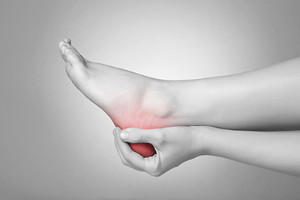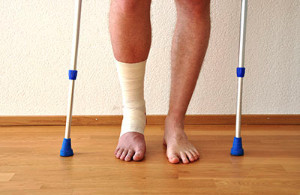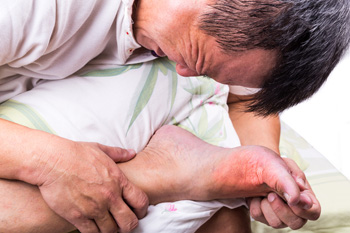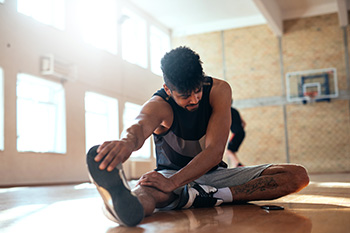
Sever's disease is a common condition that causes heel pain in children experiencing growth spurts. It primarily affects active kids involved in sports and physical activities. This condition occurs when the growth plate at the back of the heel becomes inflamed due to repetitive stress and tension on the area where the Achilles tendon attaches to the bone. As children grow, the bones often grow faster than the surrounding muscles and tendons, leading to this painful condition. Sever's disease usually affects children and young teenagers between the ages of 8 to 14 years old. The treatment for Sever's disease focuses on relieving pain and reducing inflammation. Rest, and avoiding activities that aggravate the condition are the primary treatment measures. Gentle stretching and strengthening exercises may help improve flexibility and reduce stress on the affected area. In some cases, heel pads or orthotic shoe inserts may be recommended to provide additional support and cushioning. If the pain persists or worsens, it is suggested that you consult a podiatrist for proper evaluation and guidance on managing Sever's disease effectively.
Sever's disease often occurs in children and teens. If your child is experiencing foot or ankle pain, see one of our podiatrists from Biebel & DeCotiis Podiatry Associates. Our doctors can treat your child’s foot and ankle needs.
Sever’s Disease
Sever’s disease is also known as calcaneal apophysitis, which is a medical condition that causes heel pain I none or both feet. The disease is known to affect children between the ages of 8 and 14.
Sever’s disease occurs when part of the child’s heel known as the growth plate (calcaneal epiphysis) is attached to the Achilles tendon. This area can suffer injury when the muscles and tendons of the growing foot do not keep pace with bone growth. Therefore, the constant pain which one experiences at the back of the heel will make the child unable to put any weight on the heel. The child is then forced to walk on their toes.
Symptoms
Acute pain – Pain associated with Sever’s disease is usually felt in the heel when the child engages in physical activity such as walking, jumping and or running.
Highly active – Children who are very active are among the most susceptible in experiencing Sever’s disease, because of the stress and tension placed on their feet.
If you have any questions, please feel free to contact one of our offices located in Holmdel and Middletown, NJ . We offer the newest diagnostic and treatment technologies for all your foot and ankle injuries.









